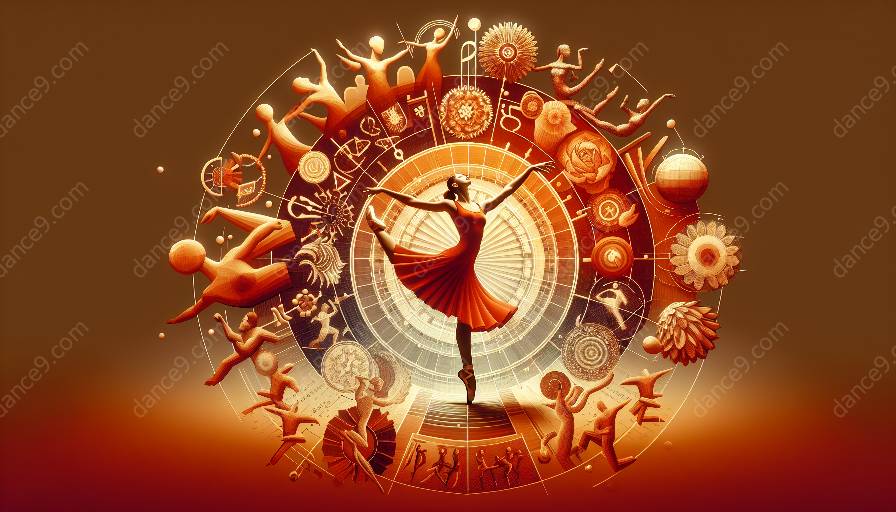In the field of anthropology, the study of dance offers a unique lens through which to explore and understand the complex and multifaceted relationship between gender, identity, and cultural expression. Through the intersection of gender studies and dance anthropology, researchers and scholars have been able to unpack the ways in which dance serves as a reflection, reinforcement, and negotiation of gender roles, identity constructions, and power dynamics within various sociocultural contexts.
Gender and Dance Anthropology
Dance, as a performative and embodied practice, has long been intertwined with gender norms and expectations. In many societies, specific dance styles, movements, and costumes are associated with particular gender identities. Dance anthropology offers a platform to critically examine these associations, challenging and deconstructing the binaries and stereotypes that often underpin gendered dance practices. Researchers in this field investigate how dance functions as a site of both contestation and reinforcement of gender norms, as well as how choreographies and performances may be used to subvert or renegotiate traditional gender roles.
Identity and Dance Studies
Within the broader discipline of dance studies, the exploration of identity is a central theme. Dance serves as a means through which individuals and communities articulate, embody, and perform their identities. This can encompass aspects such as race, ethnicity, nationality, sexuality, and gender. Through ethnographic fieldwork, observation, and participatory research, dance anthropologists investigate how dancers and choreographers construct and represent their identities through movement, music, and embodied expression. Furthermore, the study of dance as a form of cultural expression allows for an examination of how collective and individual identities are dynamically shaped and reconfigured through dance performances.
Intersectionality and Cultural Expression
The intersection of gender, identity, and dance anthropology highlights the significance of considering intersectionality in the analysis of cultural expression. Intersectionality explores how various social categories, such as gender, race, class, and sexuality, intersect and interact to shape individuals’ experiences and the dynamics of power and privilege within societies. Particularly within dance anthropology, scholars emphasize the importance of examining the multifaceted dimensions of identity and the ways in which intersecting social identities influence and shape dance practices and meanings.
Embodied Knowledge and Performance
An important aspect of the study of gender, identity, and dance anthropology lies in understanding the embodied nature of knowledge and performance. Through engagement in dance practices, participants acquire and transmit cultural knowledge and values, including those related to gender and identity. Dance anthropology places emphasis on the embodied experiences of dancers and the ways in which movement and performance constitute forms of cultural, social, and individual expression.
In conclusion, the exploration of gender, identity, and dance in anthropology and dance studies opens up avenues for a rich and multifaceted analysis of cultural practices, power dynamics, and individual and collective expression. By delving into these intersections, researchers and scholars can contribute to a deeper understanding of the complex ways in which dance serves as a site for the negotiation and expression of gender and identity within diverse cultural contexts.

















